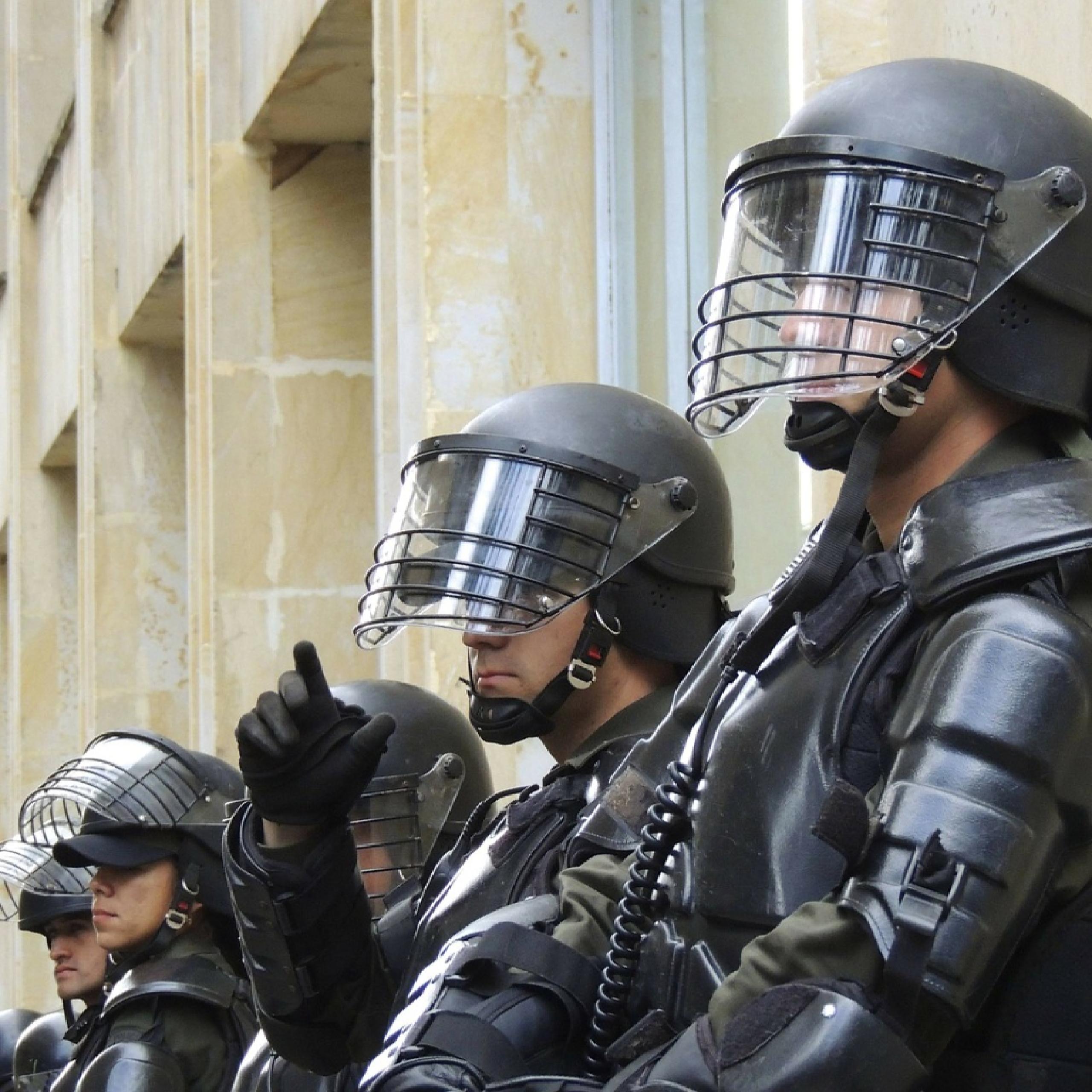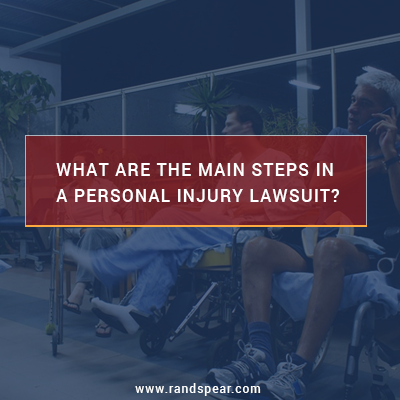WHAT IS A CATASTROPHIC INJURY?
 While any injury suffered in a personal injury accident may cause pain, inconvenience, or challenges, catastrophic injuries are a separate classification. It is important to know what is considered a catastrophic injury, because these claims are handled differently from an average personal injury claim. By the federal definition, a catastrophic injury is one that permanently prevents the injury victim from performing any gainful work. Since these injuries are so severe, they impact a personal injury victim’s life for an extended time period or even the rest of their life.
While any injury suffered in a personal injury accident may cause pain, inconvenience, or challenges, catastrophic injuries are a separate classification. It is important to know what is considered a catastrophic injury, because these claims are handled differently from an average personal injury claim. By the federal definition, a catastrophic injury is one that permanently prevents the injury victim from performing any gainful work. Since these injuries are so severe, they impact a personal injury victim’s life for an extended time period or even the rest of their life.

WHEN IS A PERSONAL INJURY CONSIDERED CATASTROPHIC INJURY?
Generally, a catastrophic injury causes greater physical, emotional, and financial damages than an average personal injury. After suffering a catastrophic injury, a personal injury victim’s life changes in an instant. They might be unable to return to their life prior to suffering that injury. While common examples of catastrophic injuries cause physical harm, disabling or disfiguring injuries would also classify in this category. These injuries are so serious the injury victim may suffer significant damage to one of their body’s major systems, incapacitating them.
TYPES OF CATASTROPHIC INJURIES
Experts’ definitions of catastrophic injury have various differences. This variation leads many to ask the question, “what are types of catastrophic injuries?” Usually these injuries have a major effect on the personal injury victim’s organs, brain, spine, or limbs. As mentioned above, these injuries lead to permanent limitations, disability, or disfiguring.
Below is a list of some common examples of catastrophic injuries:
- Brain or head injuries – When the brain or head is impacted with force, a traumatic brain injury may occur. Other causes of a brain injury include oxygen deprivation to the brain or a rapid shaking of the head. While they differ in severity, all traumatic brain injuries can be serious. Some brain injuries can lead to permanent disability or the injury victim needing long term care. Common effects from this type of injury include limited cognition, problems thinking, memory loss, emotional destabilization, and loss of sensation.
- Spinal cord injury – A spinal cord injury occurs when force impacts the personal injury victim’s spinal cord. After this type of injury, the spinal cord is unable to send messages between the brain and body. Spinal cord injuries may paralyze the injury victim underneath the injury site. Due to the likelihood of being permanent, a spinal cord injury is devastating.
- Limb amputation – Limb loss is catastrophic due to the amount of activities this injury type would affect including walking, writing, and working. Prosthetics and physical therapy are common treatments to partially restore the injury victim’s quality of life, but the effects of limb amputation are permanent.
- Burn injury – Burns are the most painful injury types and may be life-threatening, which categorizes them as catastrophic. Other effects of burn injuries may include a long-term loss of mobility or severe disfigurement.
- Loss of senses – If an individual loses their ability to hear or see, their lives will be changed forever. This classifies loss of senses as a catastrophic injury, because the personal injury victim’s quality of life will suffer following the injury.

COMMON CAUSES OF CATASTROPHIC INJURIES
A variety of accidents can cause catastrophic injuries. In many cases, the negligence of others leads to these serious injuries. Common causes of catastrophic injuries include:
- Car Accidents – Auto accidents are a common cause of catastrophic injuries, especially when the vehicles involved were traveling at high speeds. In many instances, distracted and impaired driving are to blame.
- Pedestrian Accidents – An unprotected person walking on the street is no match for a moving vehicle. When a vehicle strikes a pedestrian, the chances for catastrophic injuries are high.
- Slip and Fall Accidents – When property owners fail to keep their property safe, visitors can slip and fall. Broken staircases, falling balconies, or unsecured railings are a few examples of slip and fall accidents that can lead to catastrophic injuries.
- Work Accidents – Catastrophic injuries may occur on a job site, especially in construction or manufacturing jobs. With the presence of high powered tools or heavy machinery, workers face the risk of serious injury such as an amputation or head injury.

CONSULT OUR CATASTROPHIC INJURY ATTORNEYS
In our over 30 years of business, Spear Greenfield has seen numerous catastrophic injury cases. These injury accidents change the lives of the victims forever. If you have suffered a catastrophic injury, call Rand Spear and his law firm, Spear Greenfield. We will fight to earn you maximum compensation for all of the damages you have suffered. We offer a free consultation to guide you through your legal options, so call us now!
Call or text (215) 985-2424 or complete a Free Case Evaluation form










